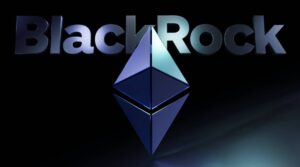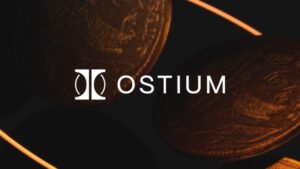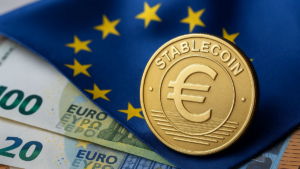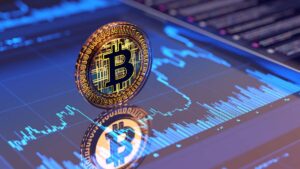TL;DR
- Visa added PYUSD, USDG, and EURC stablecoins plus Stellar/Avalanche blockchains, now supporting 4 stablecoins across 4 networks for settlements.
- Euro stablecoin (EURC) integration enables fiat-equivalent euro transactions, joining dollar settlements via the company’s global treasury rails.
- Expansion leverages regulatory clarity from the GENIUS Act as stablecoins pivot toward $2T utility in cross-border payments.
Visa has dramatically expanded its blockchain settlement capabilities, integrating three major stablecoins and two new networks to redefine cross-border payments efficiency. The payments giant now accepts PayPal’s PYUSD, Paxos’ Global Dollar (USDG), supported by the industry, and Circle’s euro-pegged EURC, in addition to its current partnership with USDC.
Simultaneously, the company added Stellar and Avalanche to its infrastructure, extending beyond Ethereum and Solana to create a quad-chain ecosystem. This strategic leap accelerates the convergence of traditional finance with crypto’s speed and transparency, positioning Visa as the leading bridge between legacy systems and decentralized innovation.
Multi-Chain Expansion Unleashed
The company’s upgraded platform integrates Stellar’s cost-efficient settlement capabilities and Avalanche’s high-throughput architecture, quadrupling its blockchain reach. Partners now gain unprecedented flexibility to move funds across chains while leveraging Visa’s established global treasury rails supporting over 25 fiat currencies.
Rubail Birwadker, Visa’s Global Head of Growth Products, emphasized: “We’re building a multi-coin, multi-chain foundation to meet worldwide partner needs. Trusted, scalable, stablecoins can fundamentally transform global money movement when interoperable.” The expansion responds to surging demand from banks and merchants for frictionless settlement layers that bypass traditional delays.
Euro Stablecoins Enter Mainstream Commerce

Circle’s EURC stablecoin marks a pivotal milestone as Visa’s first euro-denominated settlement option. Select partners can now transact in both dollar- and euro-backed digital assets, streamlining European commerce and eliminating costly FX conversion barriers.
This innovation expands on Visa’s 2021 USDC pilot, showing that institutions are prepared to adopt programmable currencies for actual B2B transactions. The integration enables seamless euro liquidity management across Visa’s 130 million merchant network, potentially unlocking billions in trapped cross-border capital.
Regulatory Tailwinds Accelerate Adoption
The growth takes advantage of the momentum created by the U.S. GENIUS Act, which sets clear guidelines for stablecoins in financial institutions. With analysts projecting the $273 billion stablecoin market could surge to $2 trillion, Visa’s infrastructure aligns perfectly with this regulated growth trajectory.
Birwadker noted that regulatory clarity enables “trusted, scalable solutions” to redefine finance, a vision validated by governments increasingly recognizing digital payment frameworks. This alignment allows Visa to offer partners compliant pathways into digital asset utilization without regulatory uncertainty.










